If you frequent social media, you have most likely seen the many posts by vehicle owners telling you why battery-only vehicles are the best to have when a disaster looms or occurs. Simultaneously, owners of conventional vehicles tout the plusses of relying on good old guzzoline for disaster events. Sadly, both are dead wrong. The best bug-out, evacuation, and survival vehicles when disaster strikes are plug-in hybrid-electric vehicles. Here’s why.
Related Story: 5 Plug-in Hybrid EV Myths Battery-Electric Purists Wish Were True
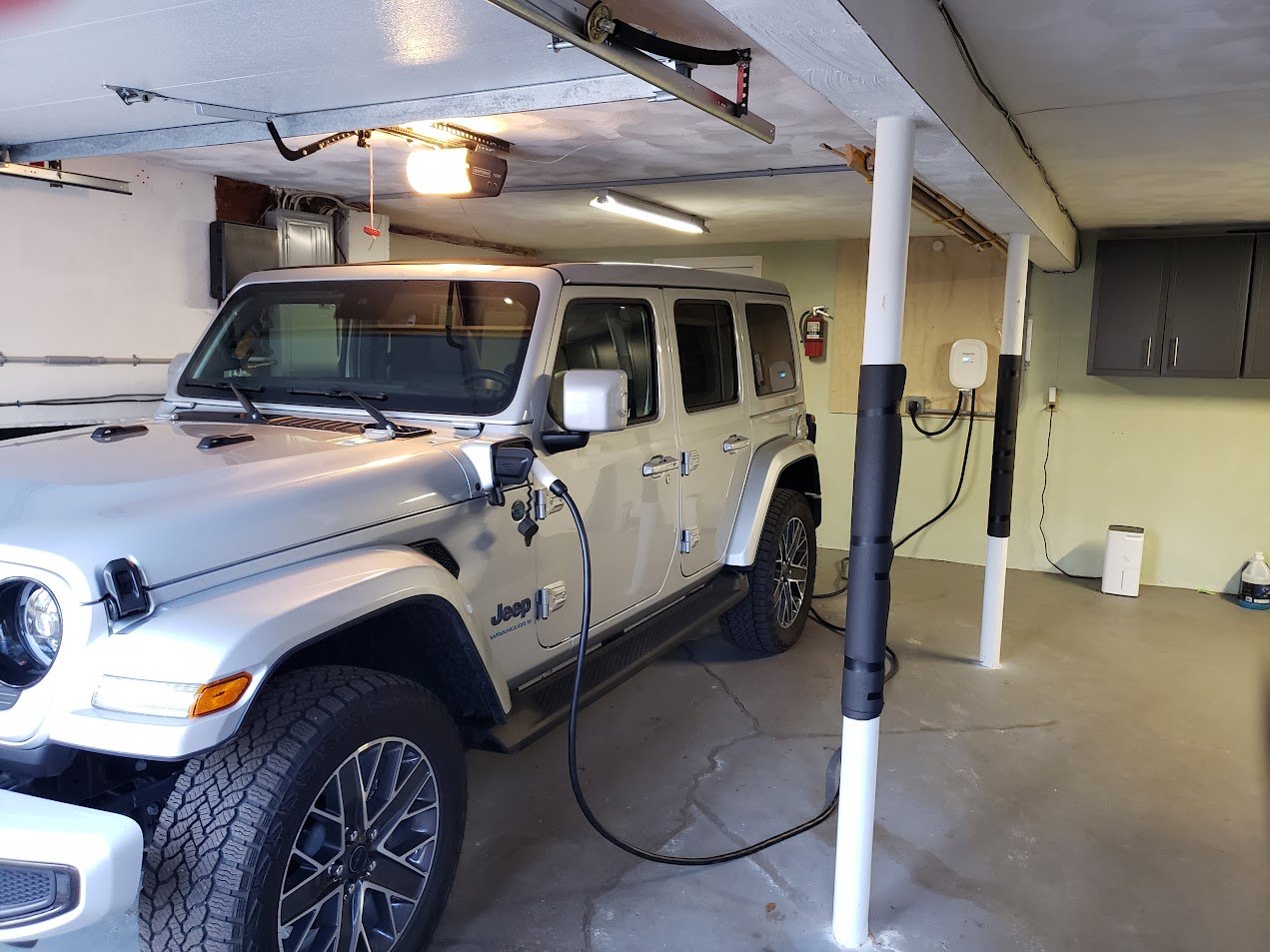
The Reasons Electric Is a Plus and Also a Minus
Battery-only vehicle owners use fuzzy logic to tout owning a vehicle that relies on electricity during a time when electricity is likely to be out. They see headlines saying, “No gas for 100 miles,” and think, "I’m so smart to have an electric vehicle.” The problem with this logic is that any modern gas-powered vehicle can travel between 300 and 500 miles on a full tank. More than enough range to carry one well away from any natural disaster and still have range remaining for the return trip.
EVs are starting to be equipped with “V2H” ability, which is the ability to put energy stored in a car’s EV battery into the home to power it. It’s a great feature. However, one still needs to have an interface to their home to make it work. My home generator connection cost around $200 and the generator cost $350. So, is there really any savings here by buying a pricey EV? And why would one want to use up their vehicle range to power the house in a disaster? It seems like a solution that is very limited in duration.
One of the biggest downsides to battery-only vehicles is they take so long to charge for those who cannot charge at home. Even under the best circumstances, an EV near zero charge will require an hour to fully charge. Even stopping at 80% SOC will mean charging on a DCFC for a good portion of an hour. Gas pumps can fill a 14-gallon fuel tank in around 2 minutes. When disaster strikes, EVs are a liability even after the power comes back on.
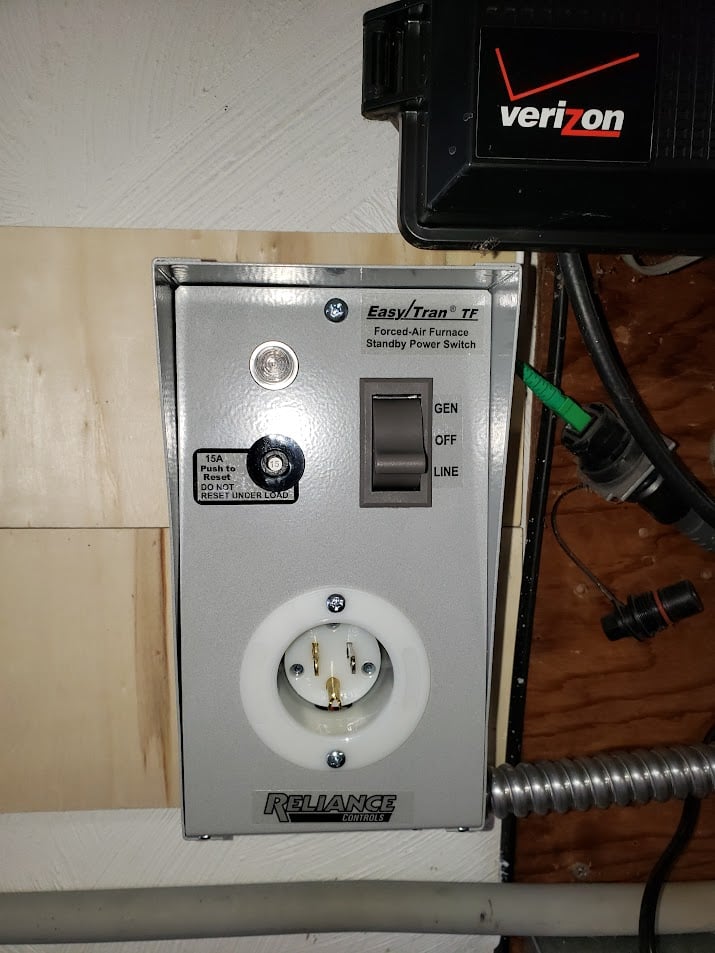
The Reasons Why Plug-In Hybrid-Electric Vehicles Are Best
Plug-in hybrid-electric vehicles (PHEVs) offer many of the same advantages as battery-only vehicles but with staggeringly longer ranges. When fully energized, ranges of 600 miles are common. If one or the other energy source is available, the vehicle can still operate. Many popular PHEVs have all-electric ranges of over 40 miles (RAV4 Prime). When their all-electric range is depleted, they can either recharge or operate as hybrid-electric vehicles, and some still get over 50 MPG when operating with depleted high-voltage batteries (Prius Prime).
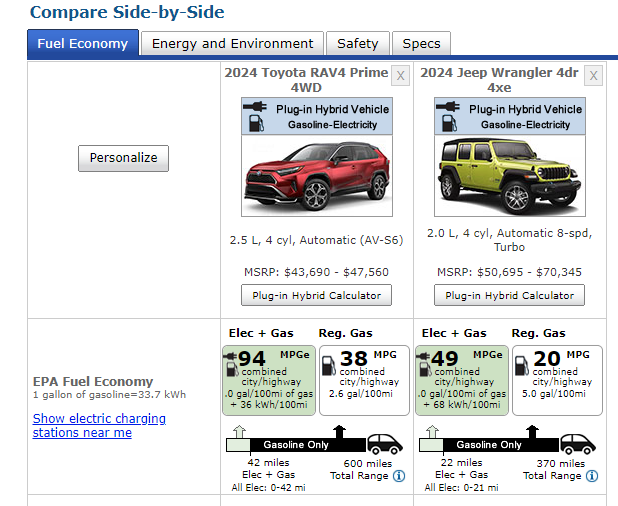
Related Story: Busting a Myth - Hybrid-Electric Vehicles Don’t “Just Run on Fossil Fuels”
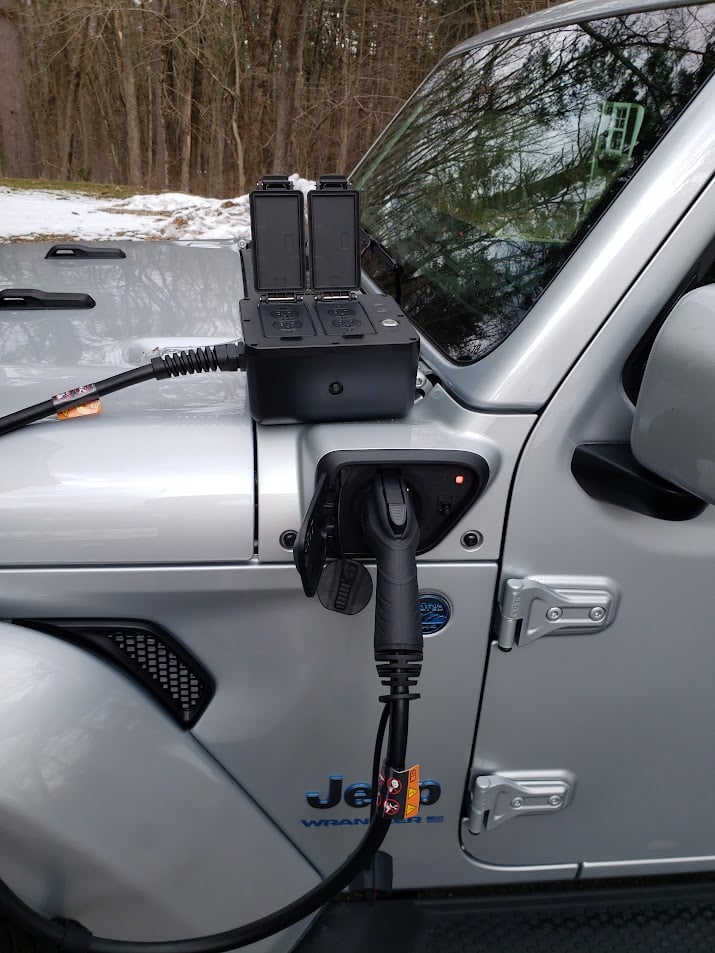
This may surprise some battery-only fans, but PHEVs have the ability to power a home with electricity as well. In fact, it is a standard feature on the 2024 Jeep Wrangler 4Xe PHEV. Called Jeep's Powerbox, it also requires no special interface to operate. You can plug your appliances directly into the four high-amperage circuits the vehicle provides. It even works when the high-voltage battery is depleted. That’s right. You can power your home with guzzoline in the fuel tank if you wish.
Another reason that PHEVs are superior to liquid-fuel-only vehicles is traffic. If you are forced to sit for hours in bumper-to-bumper gridlock while evacuating, a PHEV can use its electric motors to move you slowly forward as you inch along. Also, every time you slow or stop, you put energy back into the PHEV’s batteries for more forward motion. This saves energy, both electric and liquid.
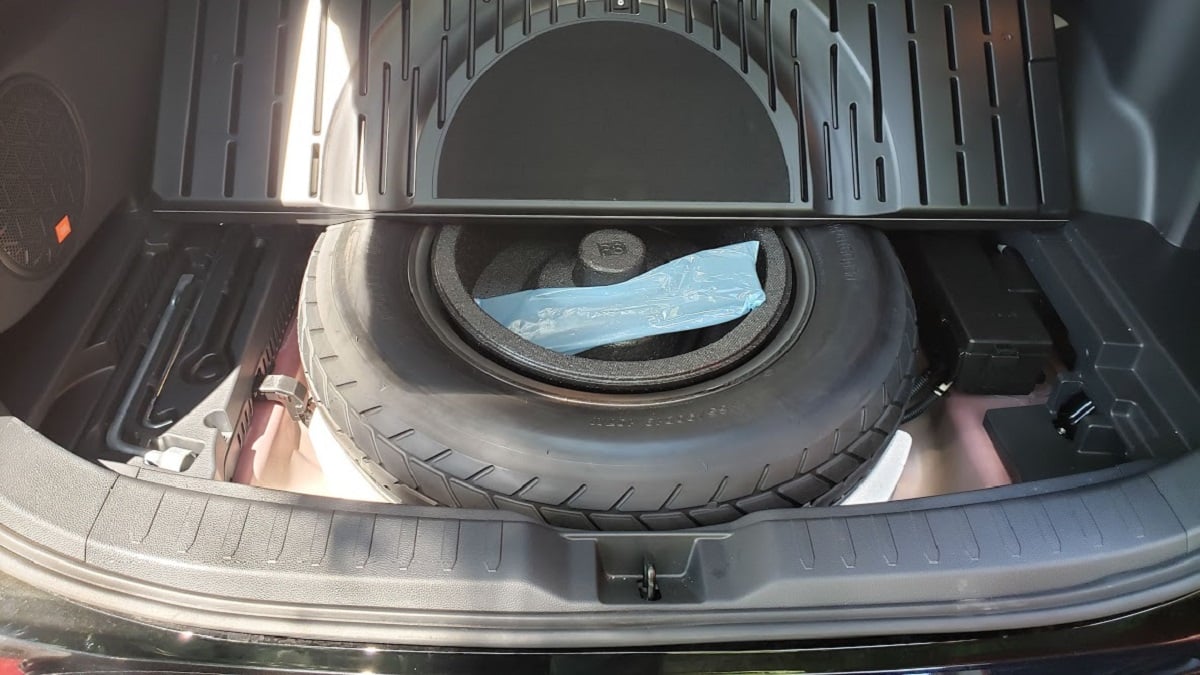
Spare Tires
While nearly no battery-electric vehicles have spare tires, many plug-in hybrids do. The popular RAV4 Prime has a spare standard on every trim sold in America. The Jeep Wrangler 4Xe PHEV has a full-size matching spare on every trim. Why does a spare matter? Because if you are in a long line of traffic evacuating, you don’t want to be that dufus who requires a tow if you damage a tire. Also, after disasters, debris is all over the roadways. Flat tires are not just possible but likely for the weeks to follow. Don’t be a liability in a disaster.

All Wheel Drive & Ground Clearance Matters
Another reason why PHEVs are better than the majority of battery-only vehicles relates to all-wheel drive. In a blizzard situation, all-wheel drive will carry you farther and in worse weather than will two-wheel drive. The RAV4 Prime has standard AWD. The Jeep Wrangler 4Xe has legendary 4X4 capability.
In storm surge and tropical rain situations, PHEVs like the Wrangler Rubicon can ford nearly three feet of standing water. A RAV4 Prime's all-wheel drive system can more safely carry you down and back up a rain-soaked grassy media in a traffic emergency if you need to go around debris or a pileup.
Conclusion - PHEVs Beat All Other Vehicle Types When Things Go Bad
Planning ahead for an evacuation or disaster situation is the very best bet. Having any vehicle fully energized, be it with electricity, guzzoline, or both, ensures that you will have weeks of local range or more than enough energy to escape any disaster America has faced in its history. We hope that every American has a plan to handle disasters. If you are considering which vehicle might be best in a bad situation, it is hard to top plug-in hybrid-electric vehicles.
If you'd like to add a comment under this story, please note that our comments section has returned and is in bold red at the bottom of the page.
John Goreham is a credentialed New England Motor Press Association member and expert vehicle tester. John completed an engineering program with a focus on electric vehicles, followed by two decades of work in high-tech, biopharma, and the automotive supply chain before becoming a news contributor. He is a member of the Society of Automotive Engineers. In addition to his eleven years of work at Torque News, John has published thousands of articles and reviews at American news outlets. He is known for offering unfiltered opinions on vehicle topics. You can connect with John on Linkedin and follow his work on our X channel. Please note that stories carrying John's by-line are never AI-generated, but he does employ Grammarly grammar and punctuation software when proofreading.
Top of page image of RAV4 Prime with flag courtesy of Kate Silbaugh. MPG chart courtesy of EPA. All other images by John Goreham.













Comments
Right On! PHEV's offer the…
Permalink
Right On! PHEV's offer the best options whether you're for bugging out, sitting in traffic or staying in place (many can act as an emergency generator as described in the article). Can you imagine having an EV when power lines are down? Or trying to find public charging when everyone is trying to get out? Better have a back-up gas car or a PHEV that has back-up gas power built in.
Indeed, Gordon, the public…
Permalink
In reply to Right On! PHEV's offer the… by Gordon (not verified)
Indeed, Gordon, the public charging lines will be a problem.